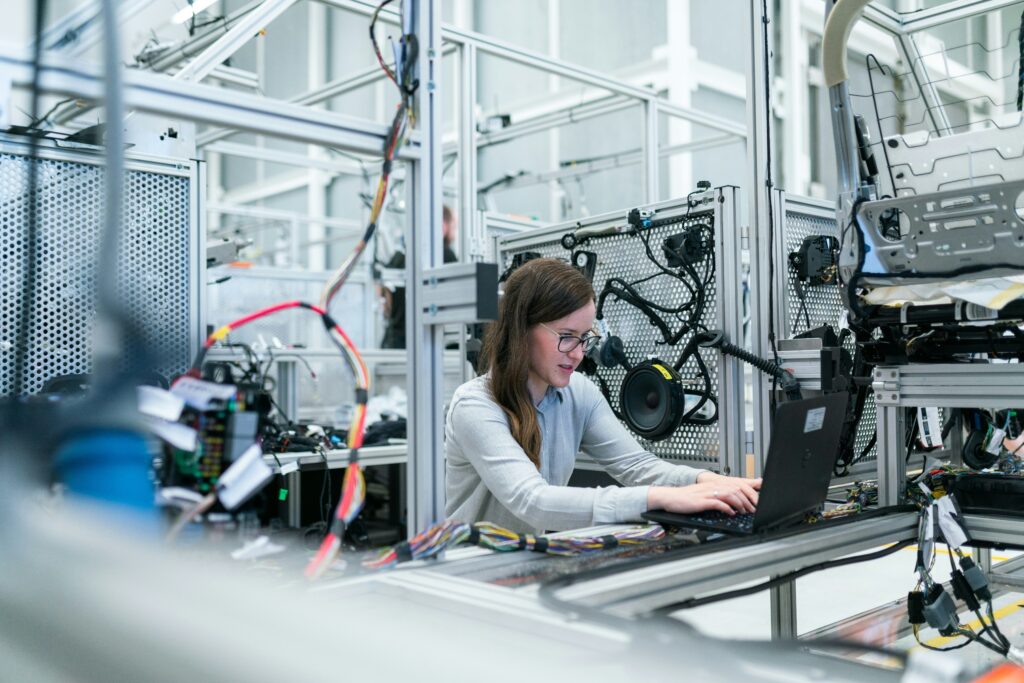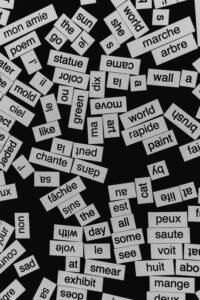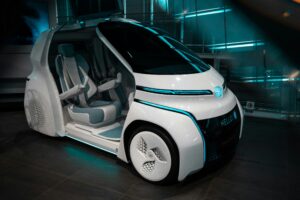In a world where technology is constantly evolving, it’s easy to overlook the unexpected ways it can impact our lives. Take, for example, the rise of virtual influencers in the world of social media. While it may sound like something out of a sci-fi movie, these computer-generated personalities are making a splash in the world of influencer marketing.
With their flawless looks and curated content, virtual influencers like Lil Miquela and Shudu have amassed hundreds of thousands of followers on platforms like Instagram. Brands are taking notice of their popularity, with many turning to virtual influencers to promote their products and reach a younger, tech-savvy audience.
But what does this mean for the future of influencer marketing? According to industry experts, virtual influencers could revolutionize the way brands connect with consumers. “Virtual influencers offer a level of control and flexibility that human influencers simply can’t match,” says marketing strategist Sarah Lee. “Brands can design their ideal spokesperson, ensuring that their message is always on point.”
While some may argue that virtual influencers lack the authenticity of their human counterparts, others see them as a fresh and exciting way to engage with audiences in an increasingly digital world. As the lines between reality and virtual reality continue to blur, one thing is clear: virtual influencers are here to stay, and they’re poised to shape the future of influencer marketing in ways we never could have imagined.



